Mirrors are a great addition to any space and can often be the finishing touch that a room needs. Not only they make the best of the natural light and create an illusion of a bigger space, some statement mirrors can become a focal point of your interior.
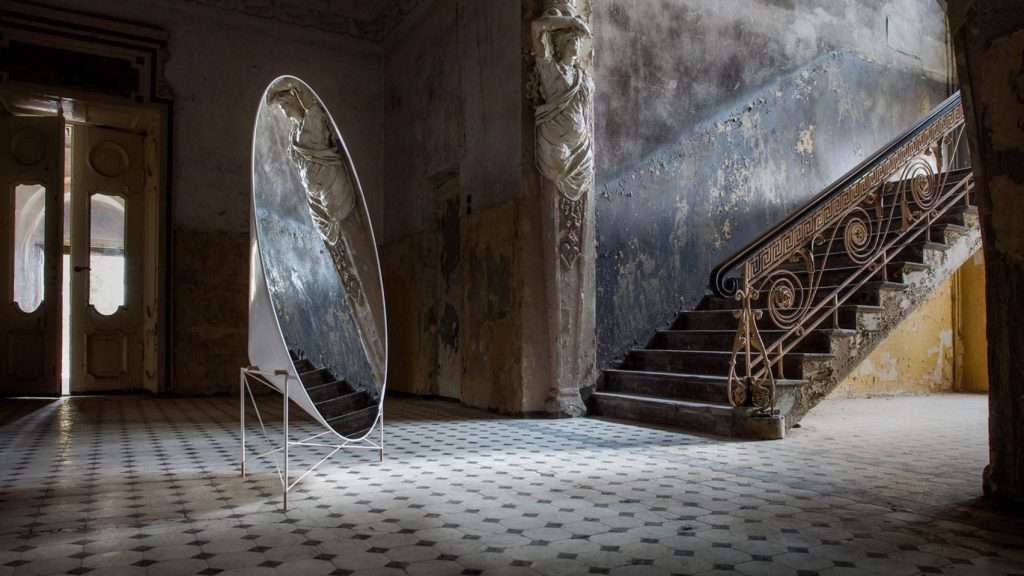
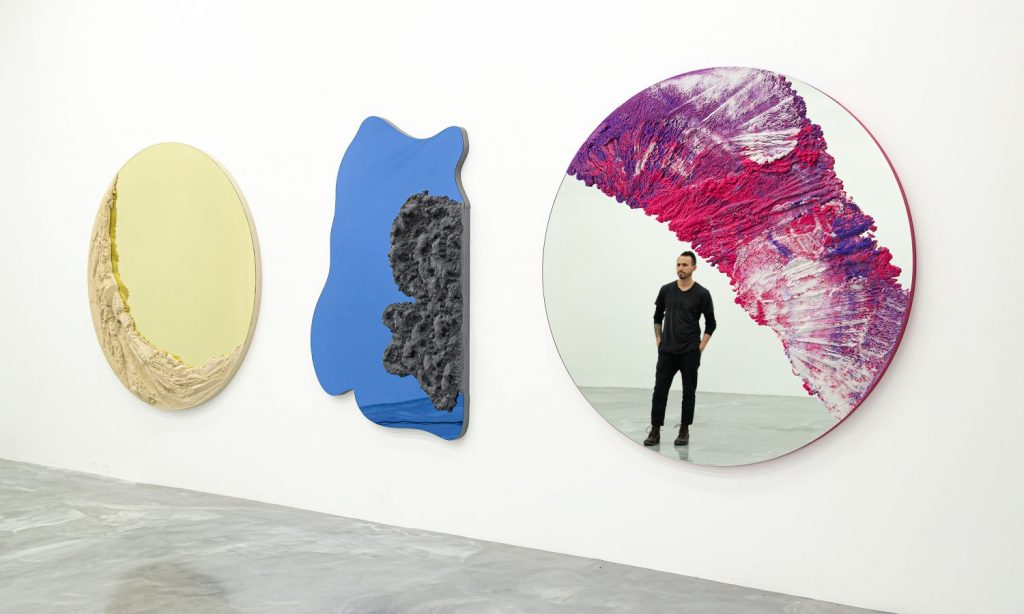
Capital collection by Mastrangelo
The Capital collection by the Brooklyn-based designer Fernando Mastrangelo is dedicated to Dubai as an architectural oasis that has emerged from a sand-covered landscape. Individually titled Aurora, Marina, and Sahara, the three mirrors are unified in their use of hand-dyed sand to add sculpturally-shaped elements on the objects. Weaving a geographic narrative within their commanding visual appeal, each mirror reflects a certain feature of the UAE’s capital.
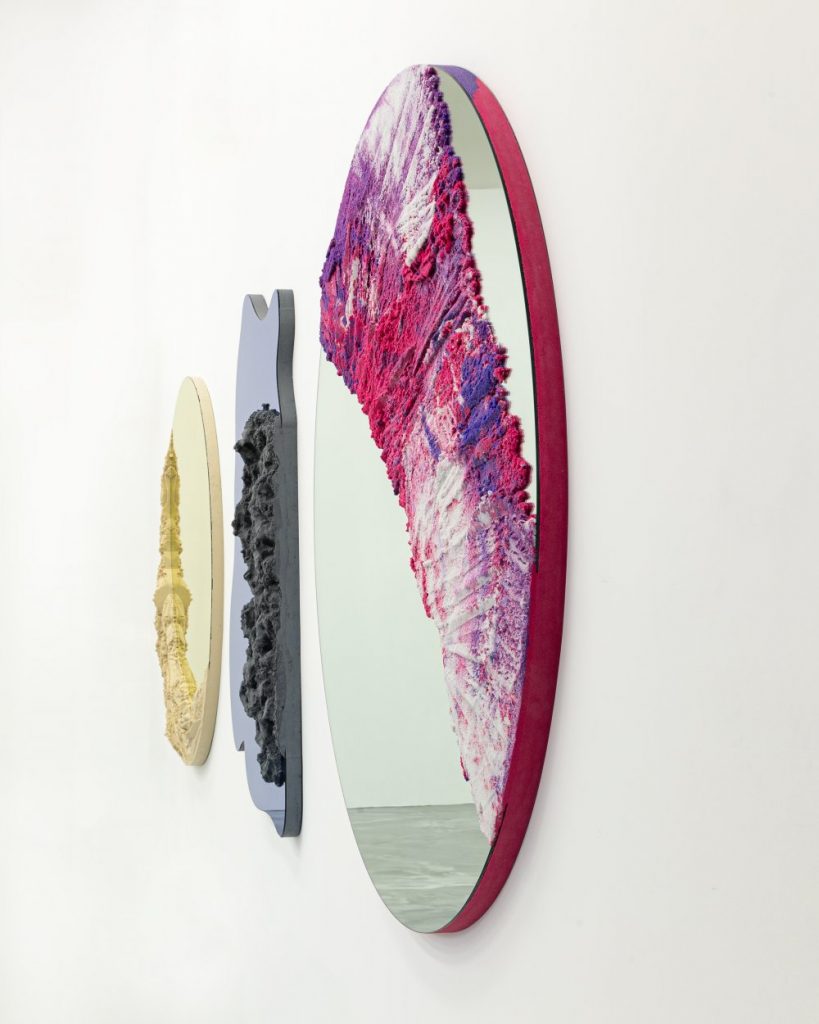
Capital collection by Mastrangelo
The pure yellow Sahara is warm and rich in colour referencing the city’s sun and sand. The dark hand-shaped terrain of Marina defines a distinct contrast between Dubai’s waterways and man-made cityscape. A vibrant spectrum of white, pink and purple tones of Aurora pays homage to the city’s sunsets.
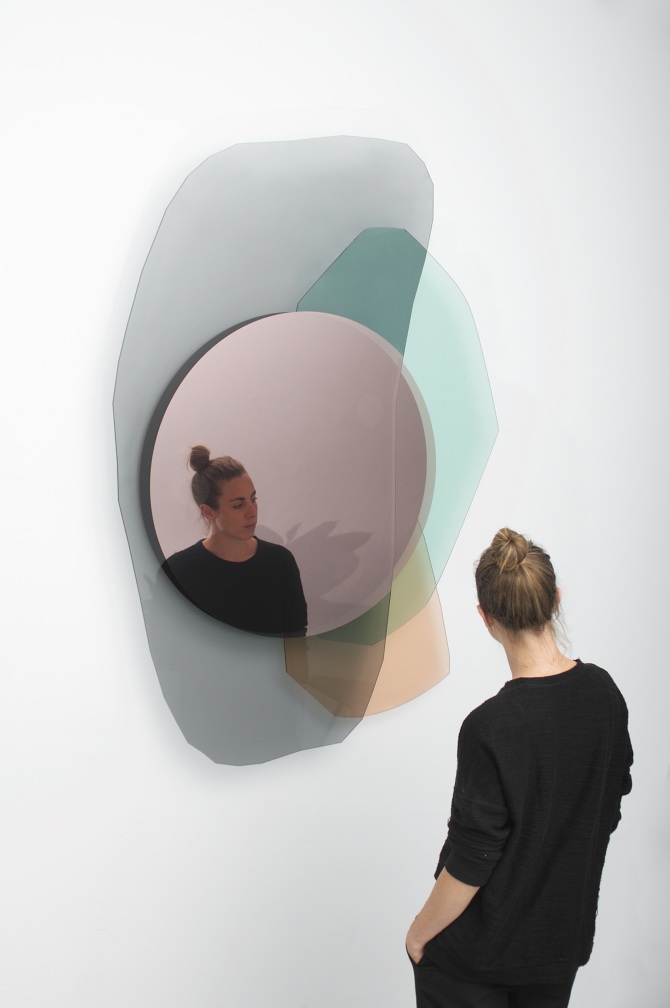
Repeated Mirrors by OS&OOS
The Repeated Mirrors by the Eindhoven-based studio OS&OOS featuring layers of coloured glass double as an art piece. The collection comprises a series of layered reflective glasses of yellow, blue, black, purple and pink that blend through one another, new shades coming through.
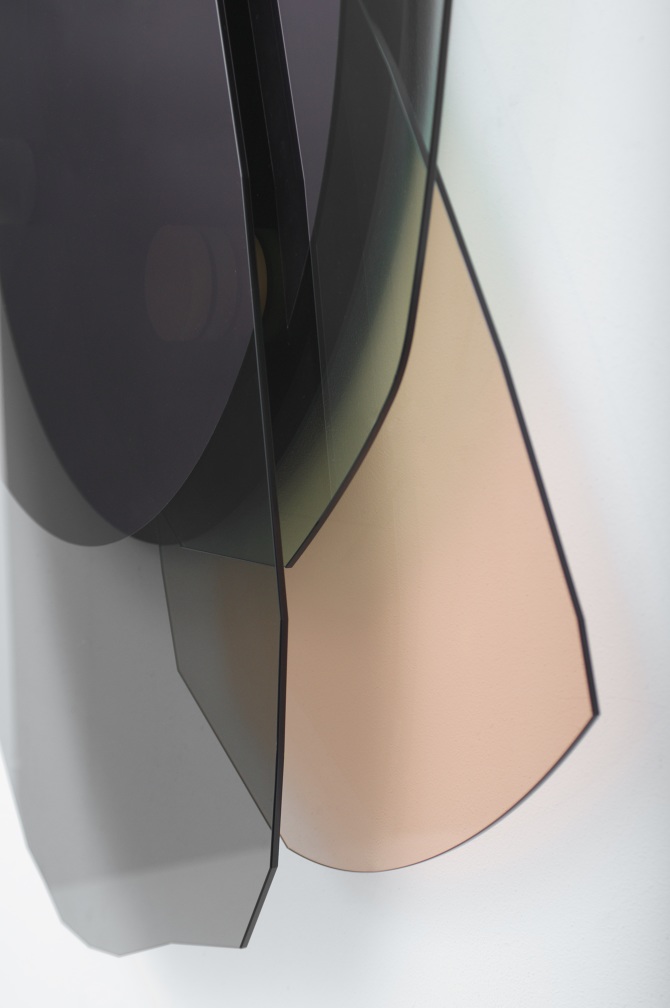
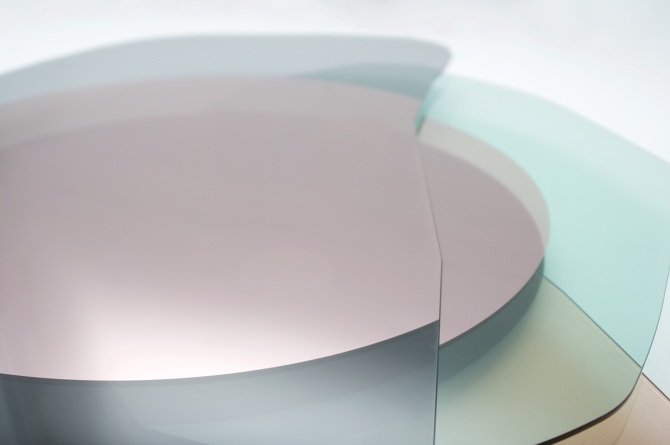
Repeated Mirrors by OS&OOS
The glass layers appear lightly through the bronzed foil mirror on the front. The circular translucent mirror at the surface is resting on top of the balanced formation of stacked glass panels which are organic in shape.
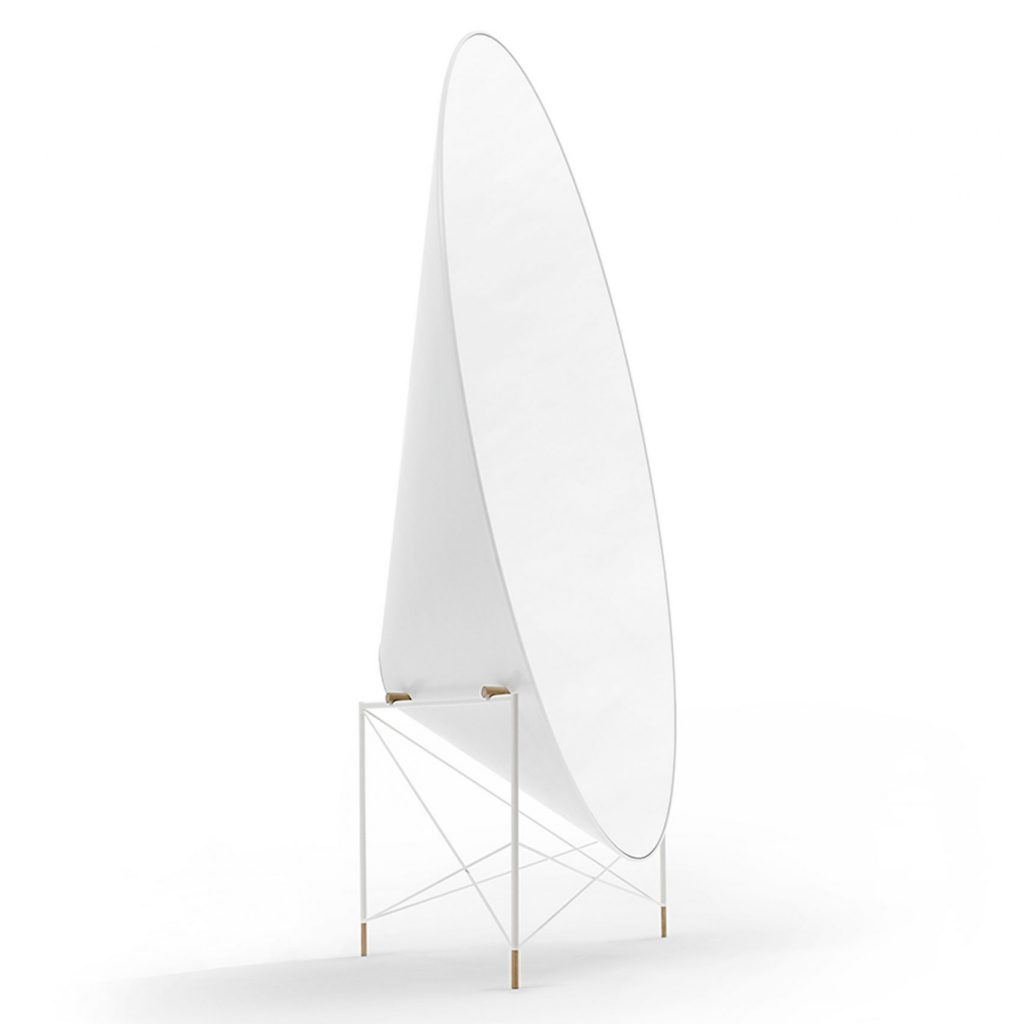
MUDU by studio Heima (also header image)
The freestanding MUDU mirror by Lithuanian studio Heima has a sculptural silhouette created to be observed from all sides. The design of the mirror is conceived to break a standard misconception that mirror is a just flat object on the wall. Developed as a piece of furniture rather than a house accessory, it employs a sculptural approach, thus creating a volumetric piece of furniture. Seen from the front, MUDU appears like a common oval-shaped mirror, but the side view reveals its tapered back – which is made from Corian utilizing latest technologies such as vacuum thermoforming and CNC milling.
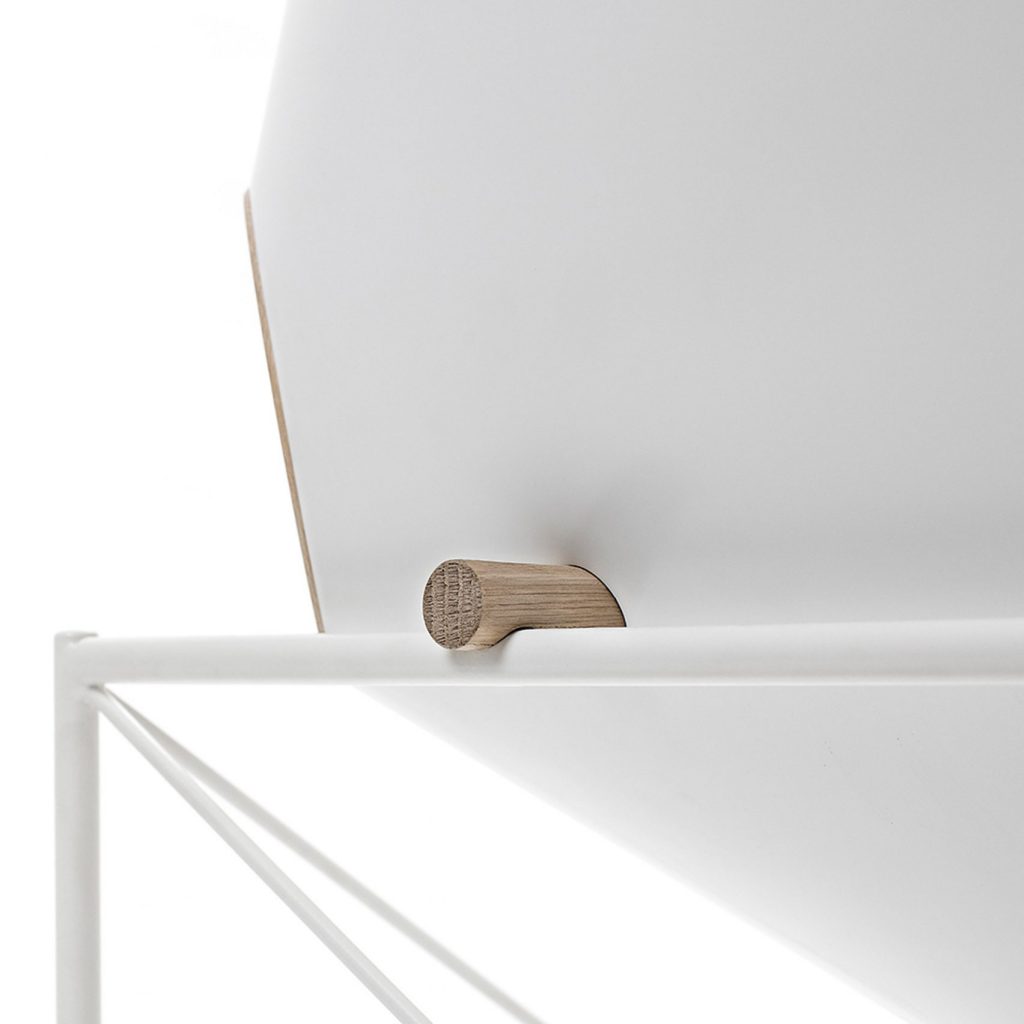
MUDU by studio Heima
The design concept is based on contrast, with its solid volume opposed to the light wireframe, simplicity to attention to details and unusual shape, curved shell to straight lines. The two distinct parts of the mirror – the mirror’s shell and the painted steel framework – meet in an elegant wooden detail, which creates impression of one piece resting on the other.
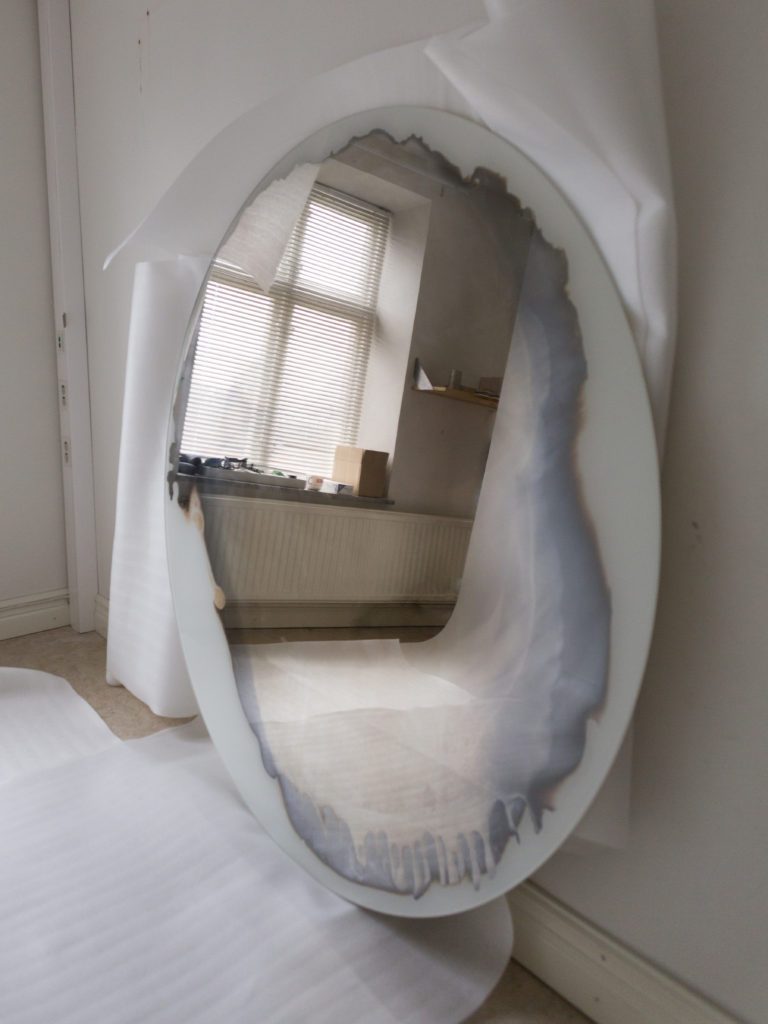
Mirrors by Jenny Nordberg
Silver mirrors by Swedish designer Jenny Nordberg that look more like works of art than utilitarian objects are created in less than five minutes with the help of a traditional process that has its origin in the 19th century. The process involves a chemical-infused liquid and results in a thin layer of silver (Ag) on the glass surface.
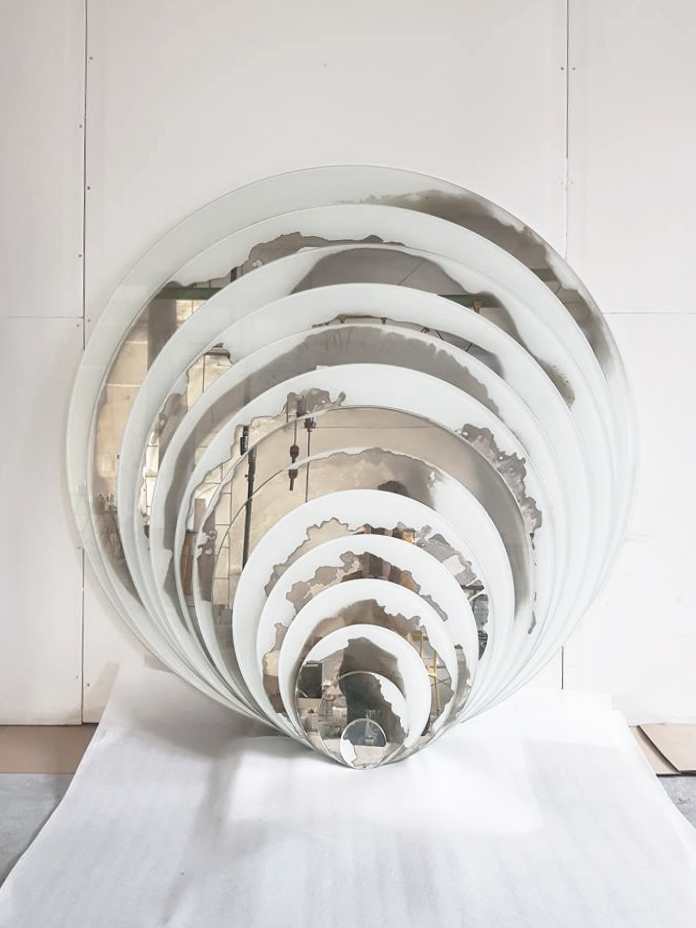
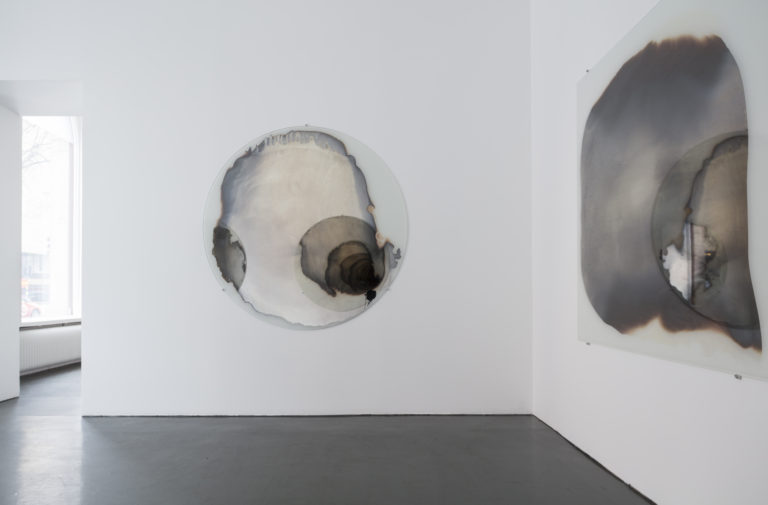
Mirrors by Jenny Nordberg
As the liquid never covers the whole surface of the glass and the process of its development is totally uncontrollable, each mirror becomes different. Nordberg likens the process to the method of developing analogue photography around 200 years ago.
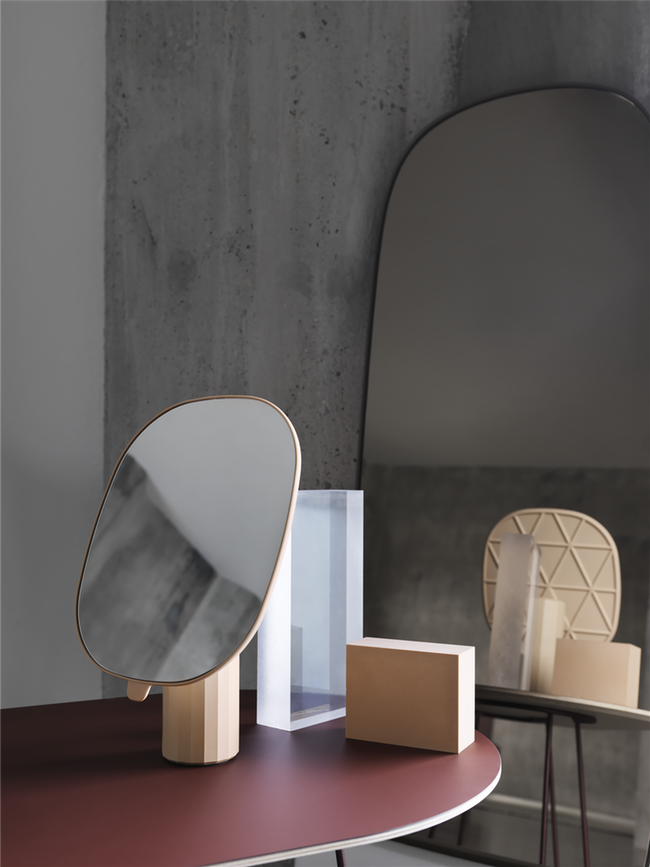
Mimic Mirror by Normal Studio for Muuto
Mimic Mirror designed by Paris-based studio Normal Studio‘s Jean-François Dingjian and Eloi Chafaï for the Scandinavian brand Muuto is a contemporary take on the traditional table mirror. Its sculptural expression makes the Mimic Mirror both an object of decoration and use.
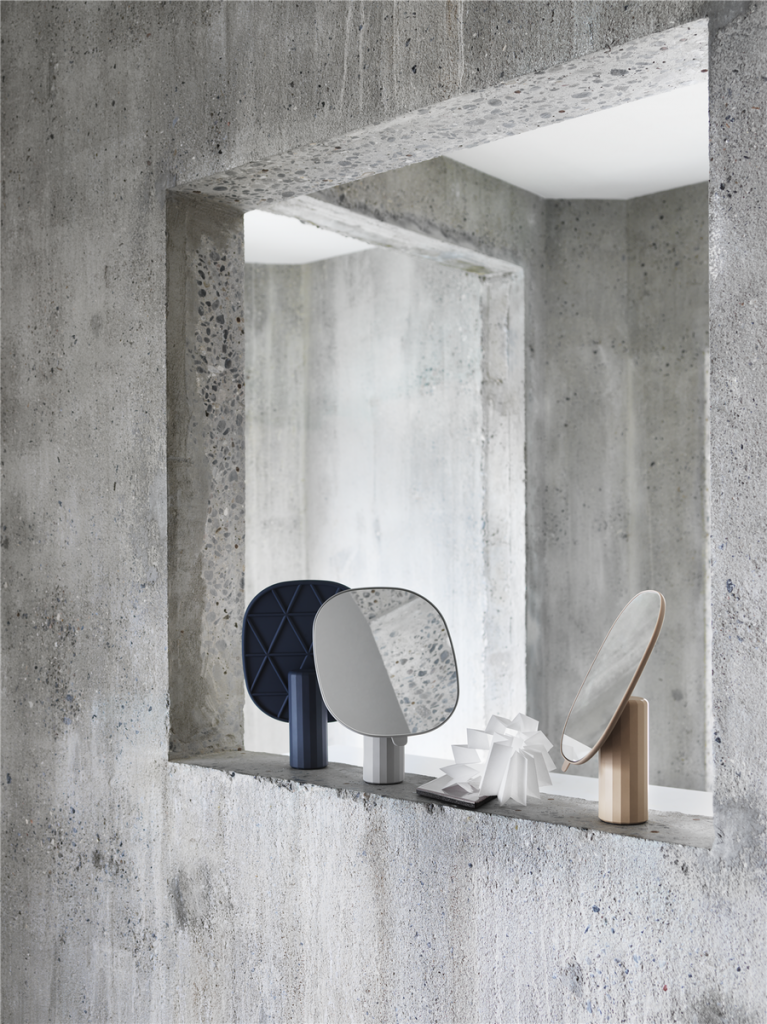
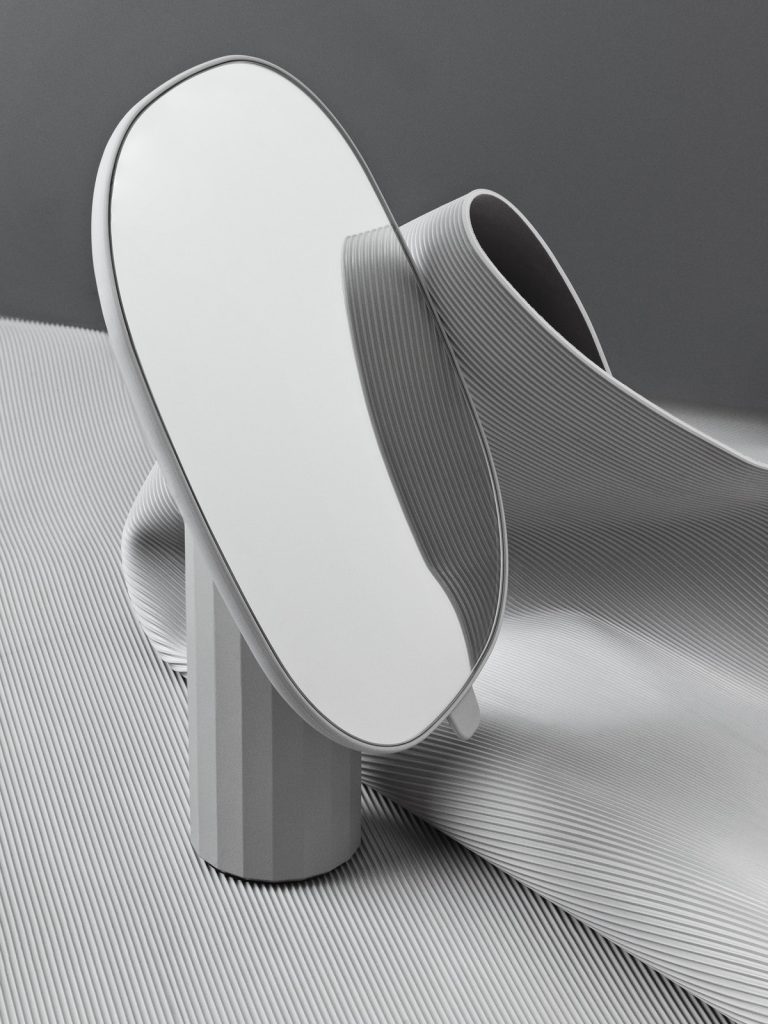
Mimic Mirror by Normal Studio for Muuto
A soft coated plastic surrounds the mirror’s face, contrasting with the solidity of the sculpted cement stand. As the name suggests, the design features numerous repetitions – in the graphic, triangular pattern on the mirror’s back, along with the reflection of its front glass and sculpted facets of the base.